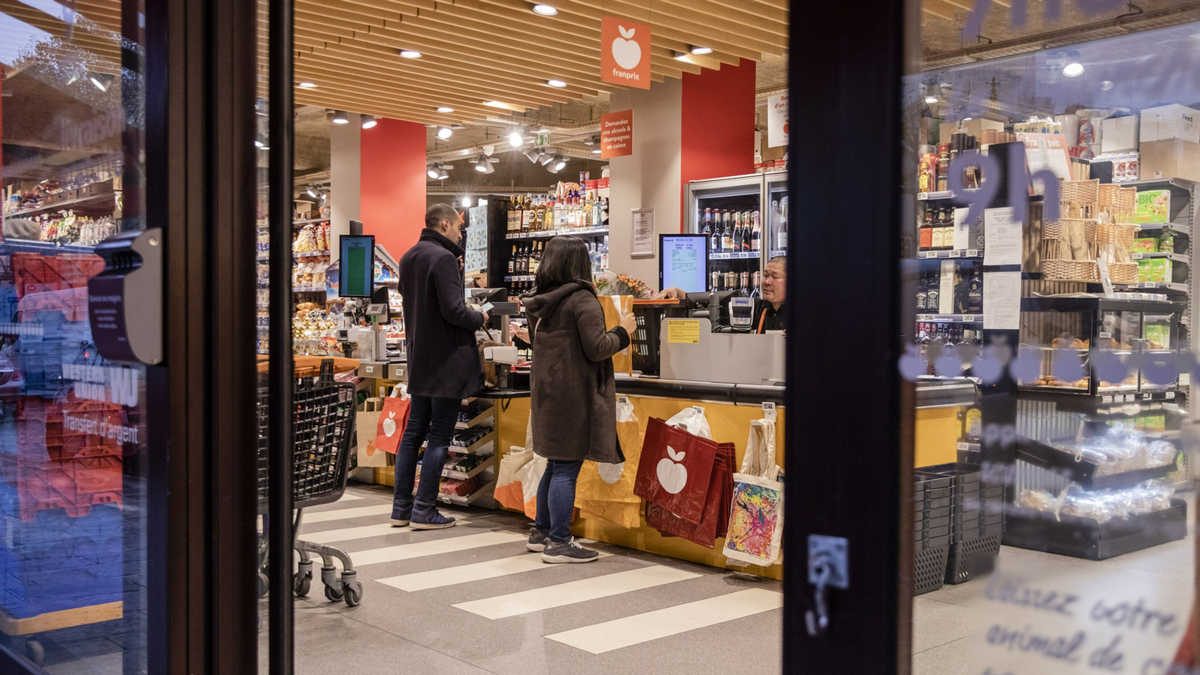Inflation in the euro area has accelerated more than expected to its highest level in 13 years, adding fuel to the debate over how long the post-crisis jump will last.
According to data published by Eurostat on Friday, consumer prices rose by 3.4% in September compared to the forecast of growth of 3.3%.
The index, which excludes volatile components such as food and energy, rose to 1.9%, which has not been observed since 2008.

Rising prices are mainly due to the effects of the pandemic and economic recovery after long periods of blockade due to the virus.
The European Central Bank expects inflation to peak only at the end of this year, before slowing to 2022.
However, problems in the supply chain for production last longer than many initially thought, and research shows that companies are increasingly trying to shift costs to customers to protect their profits.
The intensification of the energy crisis increases the pressure. Energy prices rose 1.3% in September and more than 17% compared to the previous year.
Non-energy industrial goods were 2.3% more expensive than in August.
“That’s not all. This level may be maintained in November due to rising energy and vehicle prices. Despite the rise, we see today’s data as an early sign that some of the rising tensions may begin to ease,” said Bloomberg Economics Maeve. Kazin, senior economist of the eurozone.

